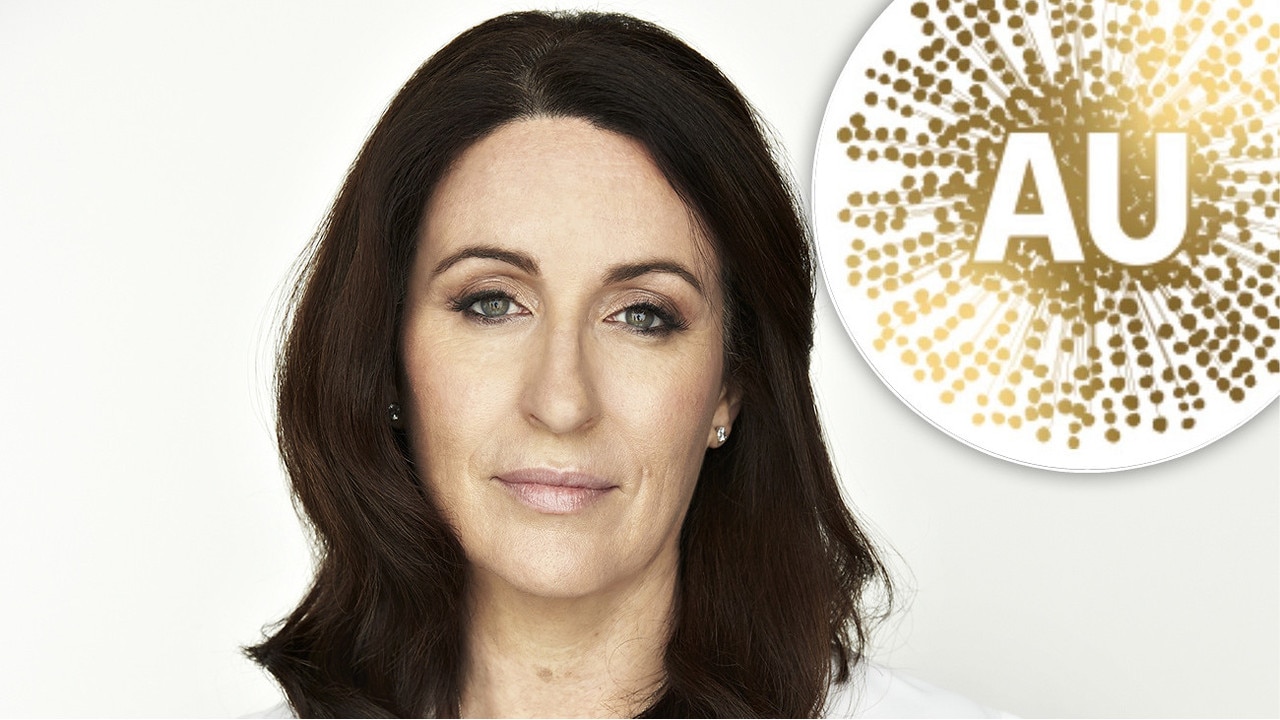The plastic we should be banning next
In the wake of the plastic bag ban, it’s time to turn our sights to other environmental menaces that are causing immense harm to our oceans, writes Jane Fynes-Clinton.
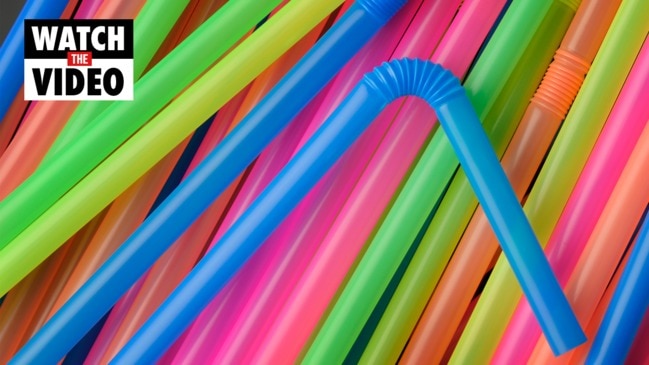
Rendezview
Don't miss out on the headlines from Rendezview. Followed categories will be added to My News.
Talk about being party poopers.
As the tide of change moves on plastic, no type or form is too flashy or fancy for critical inspection, deep conversation and often sweeping exclusion.
Glitter is the latest to go from hero to zero, given its unveiling as an environmental bandit, a problem plastic that might wash easily down the plughole but never break down.
Christmas cards and New Year’s decorations are festooned with these minuscule pieces of plastic. In the festive season, glitter adorns seemingly everything and all that glitters is certainly not gold — for the environment at least.
RELATED: Reaction to bag ban has revealed our greed
Glitter might be pretty, but it is as perilous as space junk for ocean and earth.
I love a bit of sparkle as much as the next girl, but it is impossible to ignore that this is not pixie but poison dust.
Glitter’s inglorious decline shows that it is the little things that count in the partitioning of plastic.
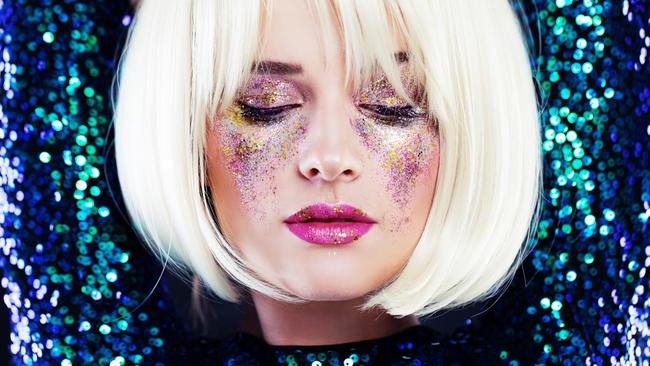
The ocean is suffering under tonnes of the stuff. It is estimated that 5 trillion pieces of plastic are floating on and in the seas and the most quoted statistic is that by 2050, there will be more plastic than fish unless we pull our polluting ways in line.
Already, fish ingest plastic so tiny it becomes part of their flesh. Humans ingest fish and plastic becomes part of the human: It is a crazy new world.
Glitter joins balloons in falling from grace: for generations balloons were simple orbs of technicolour joy. Hot air in a sack. Breath in a ball.
Once, no self-respecting party giver would be without fistfuls of them, and no theme would dare exclude them, the larger and floatier the better.
Balloons were always considered bouncy bubbles of fun, but we now know that once freed into the atmosphere, they fall from happy view and into malevolence. On the sea, they resemble jellyfish and for turtles and other marine creatures our fun becomes their fatal.
Releasing balloons into the sky might be so yesterday, and the same bloated globes are also disasters on the ground if they are not disposed of properly.
I spent 20 minutes recently picking up the residue of what had probably been a fabulously fun water balloon fight by holidaymaking kids in the park adjoining my favourite beach.
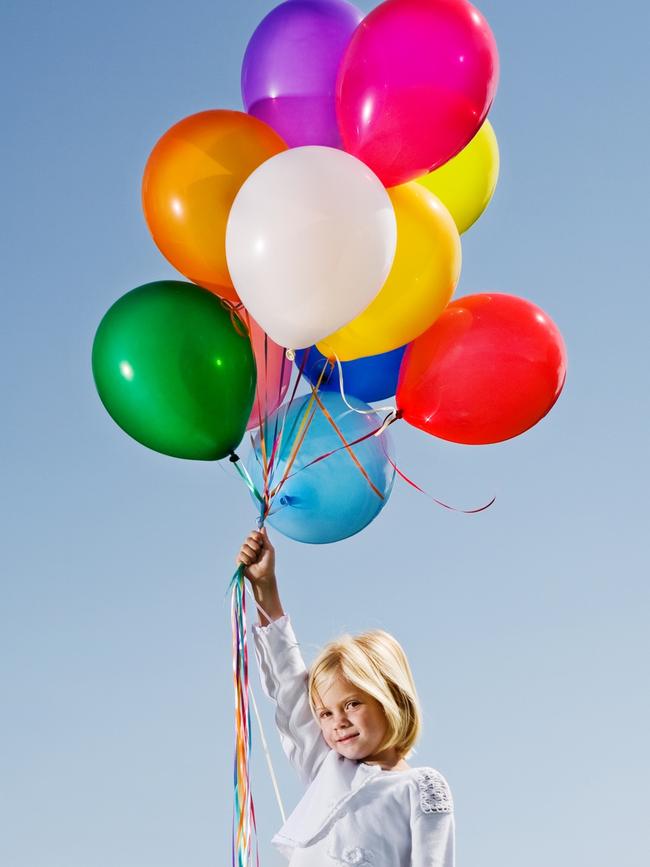
In the afterglow of all that hilarity, the grass looked like a giant cupcake sprinkled with hundreds and thousands.
In all, I picked up 83 pieces of lurid rubbery plastic, some of the pieces so tiny they were not discernible as having once been water balloons at all.
A decade ago, we would not have blinked. But surely now we see the potential disaster such a peppering of party palaver can cause, particularly so close to the ocean.
The water balloon graveyard was about as socially palatable as a dog poo buffet scattered across a footpath. People shook their heads, muttered disparagingly and joined in with my plastic emu parade.
As well as a world without balloons and glitter, we are getting used to doing without plastic drinking straws.
RELATED: Here are some other things we should ban
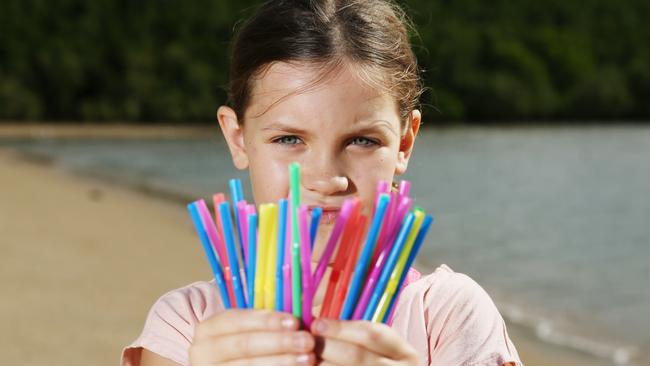
They are now restricted everywhere, including in cities as large as Los Angeles and Vancouver as well as our own, and just as well because they are unable to be recycled. So ubiquitous are they in landfill and on the sea that there is suggestions they are the fossils of tomorrow.
Best they be gone, with beauty magazines reporting for years that the mouth action required around a straw leads to collagen and elasticity loss, and that leads to wrinkles and lines around the mouth.
Next in the crosshairs in an effort to rid our culture of little, unnecessary portions of plastic is surely the teensy stickers on fruit and veg.
They need to go; very few include much other information than their grouping of citrus or apple or the co-op they were sorted at.
They end up corrupting a compost heap, being stuck like chewing gum under desks or on bus seats or they end up taking the digestive slippery dip down the loo.
And like glitter and balloons, they never break down, so be gone, pesky petite plastics.
In looking after our environment, it is the little things that count.
Dr Jane Fynes-Clinton is a columnist for The Courier-Mail.

